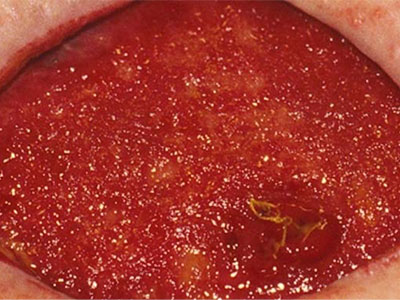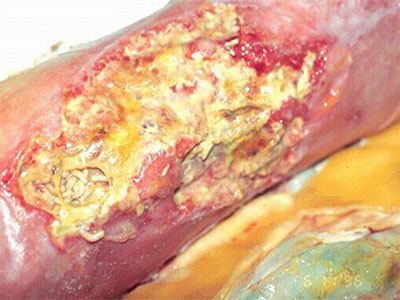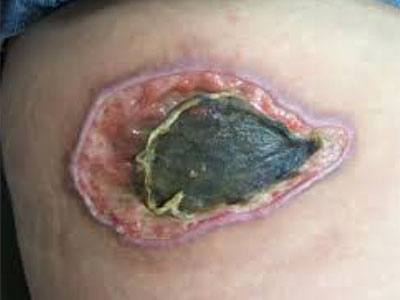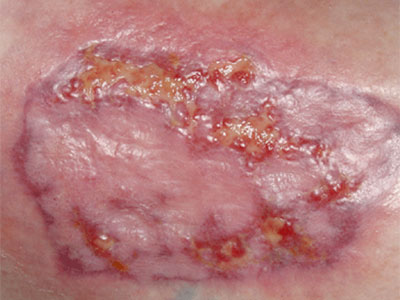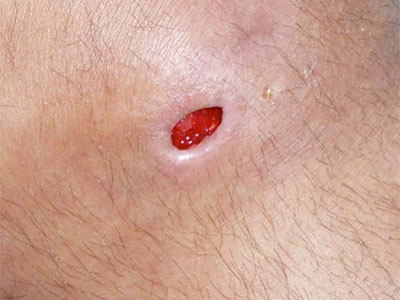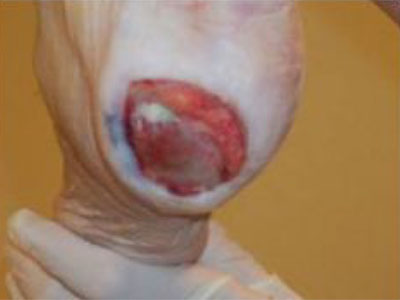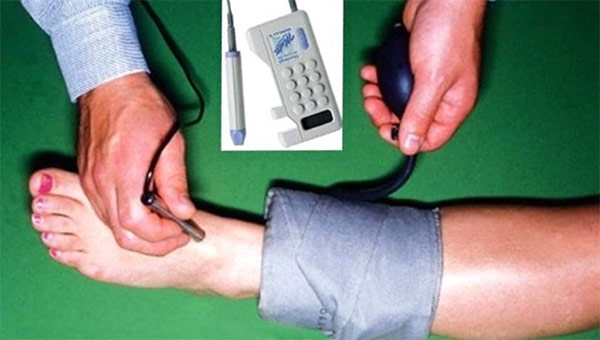Prevention Efforts for Children and Teens
August 23rd, 2019 | ArchiveIn 2018, AHP launched two initiatives focused on children and adolescents, funded in part by the generous support of the Finger Lakes Performing Provider System (FLPPS), and we are ready to share some exciting preliminary results.
LEAD
Environmental lead exposure remains a significant health risk. If not detected early, exposure to lead and high blood lead levels can lead to irrevocable effects on a child’s physical and mental health. The current AHP Lead Screening Initiative started in the early spring of 2018 with the goal of increasing rates of lead screening in vulnerable populations by implementing point-of-care, on-site, primary care practice lead testing at ages 1-2 years (the most vulnerable period for lead poisoning) and for at risk populations over age 2. Prior to the initiative’s launch, lead screening rates across individual practices varied widely, from the 25th to 90th percentile, and clearly supported the case for point-of-care lead testing.
Current Status: Forty new primary care practice locations caring for young children across the AHP network have now implemented point-of-care lead testing and as of July 2019, AHP’s overall screening rate has reached the 75th percentile and continues to rise.
LARC
Long-acting reversible contraception (LARC) which includes both intrauterine devices (IUDs) and hormonal implants (Nexplanon) are the first-line, evidence-based contraceptive method recommended by the CDC, AAP, AAFP, and ACOG. Despite these strong, uniform recommendations, the national average for LARC usage among adolescents and women remains low at approximately 5%.
AHP is currently collaborating with URMC Pediatrics Hoekelman Center’s LARC Initiative and its many community partners to improve LARC access for teens who choose this form of contraception. Specifically, the short-term goal is to increase counseling for family planning and effective contraceptive choice, along with referral and point-of-care access to highly effective, evidence-based pregnancy prevention. The broader goal of this initiative is ultimately reducing unintended pregnancy and improving maternal and newborn outcomes.
Current Status: In December 2018, AHP and the Hoekelman Center held a three-hour group training for primary care providers that included education on LARC methods, skills-building in teen patient counseling for informed decision-making, and hormonal implant Nexplanon insertion training. Forty-one primary care providers representing 31 different primary care practices in five counties participated in the training. Early results indicate that rates of LARC referral and insertion are increasing for our teens and young adults, and provider satisfaction with this education and training has been very high. Planning is underway for a next LARC training date for late fall 2019.
If you would like more information about opportunities for practice-based education regarding LARC and/or provider training in LARC insertion, please contact Dr. Laura Jean Shipley.








